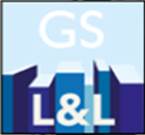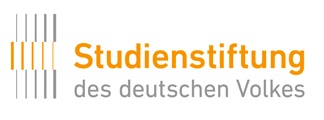Motor speech and language in typical development and in complex neurodevelopmental conditions
Dr. Theresa Schölderle, Elisabet Haas & Prof. Dr. Wolfram Ziegler
Contact: theresa.schoelderle@ekn-muenchen.de
This study is a follow-up to our previous project „Speaking in typical development and after early brain damage: A development-based neurophonetic investigation of childhood dysarthria“ (DFG, 2016-2020). It addresses dysarthria (neurologic speech disorder) in children. For the first time, influences of child development and interactions with other dimensions of language acquisition are systematically investigated.
During the first funding period, an assessment approach was designed that allows the recording of standard speech samples from children in a developmentally appropriate manner. A large group of typically developing children was investigated, in order to generate auditory norms for neurophonetic parameters.
Based on these methodological foundations, we were able to answer various research questions: First, symptoms of childhood dysarthria were differentiated from developmental speech characteristics, which is a highly relevant prerequisite for clinical assessment. Furthermore, we examined to what extent childhood dysarthria is symptomatically comparable to speech disorders acquired in adulthood. Within the PhD project of Elisabet Haas (Studienstiftung des deutschen Volkes, 2017-2020), the developmental courses of childhood dysarthria were also described in a longitudinal study.
In the follow-up project, the focus is on expanding the clinical target group. In addition to children with cerebral palsy, who were addressed in the first part of the project already, we will now include children with Down syndrome and address the significance of a dysarthric component in relation to concomitant abnormalities of this population (e.g., anatomical-structural variations, developmental language impairment, hearing impairment). In addition, children with specific language impairment are included to clarify whether primary disorders of language development are also associated with disordered speech motor functions.
Our project contributes to a thorough theoretical understanding of childhood dysarthria and speech motor development. It provides a foundation for a specific and valid clinical assessment.



This project was initially funded by the Graduate School Language & Literature of the LMU (2015-2016). A first funding from the German Research Foundation followed (SCHO 1742/1-1; ZI 469/18-1; 2016-2020), which was then granted a prolongation (SCHO 1742/1-2; ZI 469/18-2; 2020-2025). Elisabet Haas’ PhD project was supported by the Studienstiftung des deutschen Volkes (2017-2020).
Online Teaching Module Childhood Dysarthria
We offer a freely available online teaching module providing information on childhood dysarthria, a condition that has attracted little attention in research and teaching so far. The website contains basic facts on the disorder, it illustrates approaches to assessment and treatment, and it offers a listening training for visitors, with the aim of improving auditory evaluation skills. All content is in German.
www.lernmodule-sprachtherapie.de/kindliche-dysarthrien
Scientific cooperations
- Katie Hustad, University of Wisconsin-Madison
- Antje Mefferd, Vanderbilt University
- Anja Kuschmann, University of Strathclyde
- Annette Baumgärtner, Universität zu Lübeck
- Annette Fox-Boyer, Universität zu Lübeck

